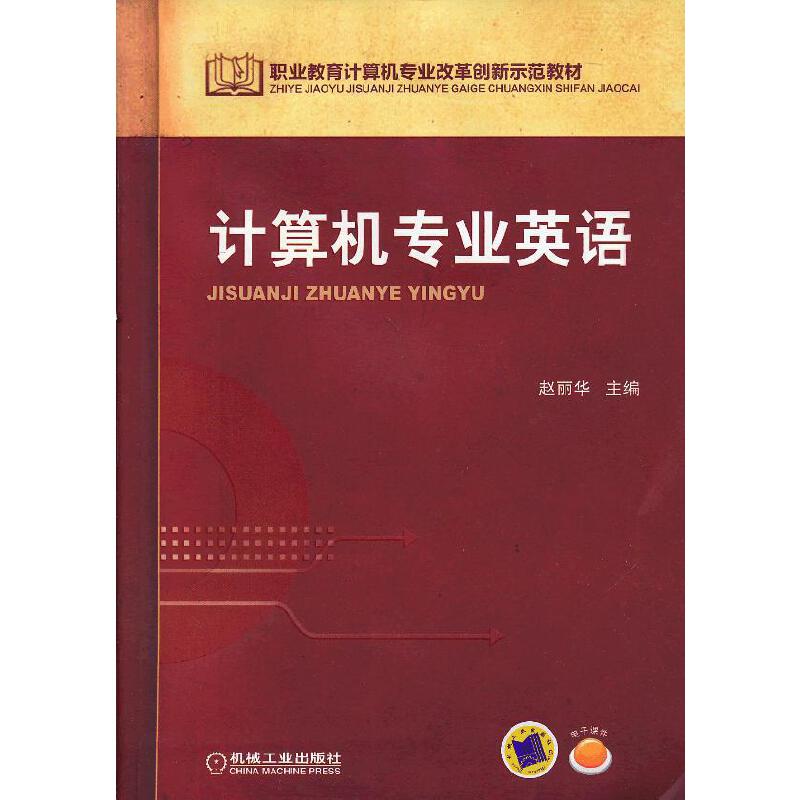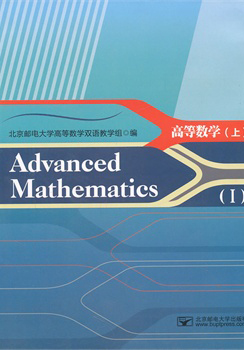MCM/ICM数学建模竞赛(第2卷)(英文版)
作者: Jay Belanger,王杰
出版时间:2016年3月
出版社:高等教育出版社
- 高等教育出版社
- 9787040449655
- 1版
- 70285
- 0045176195-1
- 16开
- 2016年3月
- 240
- 186
- O141.4-44
- 理工通用
- 本科
本书共包括5章,第1—4章分别为201 5年MCM/ICM竞赛的4个题目的分析、点评与解答:Control the Ebola virus outbreak、Search for a missing aircraft lost in the open sea、Manage human capital in organizations和Create a sustainable world;第5章是对数学建模问题的拓展,通过数学建模研究当前的研究热点问题,本辑讨论的问题是如何在大量文本中获取热点话题。
本书实用性强,可供参加美国大学生数学建模竞赛的读者参考使用。读者既可以了解掌握各种建模方法,也可以培养用英文进行写作与思考。
1 Eradicating Ebola
1.1 Problem Description
1.2 Outstanding Winners
1.3 Previous Work
1.3.1 The SIR model
1.3.2 Clustering
1.3.3 Technique for order of preference by similarity to ideal solution
1.4 Modeling the Situation
1.4.1 Approaching the problem
1.4.2 Assumptions
1.4.3 Modeling the spread of Ebola
1.4.4 Amount cf medicine
1.4.5 Delivering the medicine
1.4.6 Manufacturing the medicine
1.4.7 Other factors
1.5 Sensitivity Analysis
1.6 Strengths and Weaknesses
1.7 Comments
Exercises
References
2 Searching for A Lost Plane
2.1 Problem Description
2.2 Outstanding Winners
2.3 Previous Work
2.3.1 Air France Flight 447
2.3.2 Searching for AF447
2.3.3 Finding AF447
2.4 Modeling the Situation
2.4.1 Approaching the problem
2.4.2 Assumptions
2.4.3 Determining a search region
2.4.4 Determining an initial PDF
2.4.5 Search probabilities
2.4.6 Search strategy
2.4.7 Search time
2.5 Sensitivity Analysis
2.6 Strengths and Weaknesses
2.7 Comments
Exercises
References
3 Using Networks to Model Human Capital Within Organizations
3.1 Problem Description
3.2 How to Approach the Problem
3.2.1 Building a network model
3.2.2 Dynamic processes
3.2.3 Measurements and metrics
3.3 Outstanding Winners
3.4 Static Modeling of the Human Capital Network
3.4.1 Assumptions
3.4.2 Approach 1: Rule-driven assignment
3.4.3 Approach 2: Multi-layer connected networks
3.4.4 Approach 3: Using genetic algorithms to assign people to positions
3.5 Dynamic Human Capital Network Modeling
3.5.1 Assumptions
3.5.2 Developing attributes for nodes
3.5.3 Modeling churn
3.5.4 Modeling promotion and recruitment
3.6 Metrics and Results
3.7 Sensitivity Analysis
3.8 Strengths and Weaknesses
3.9 Comments
Exercises
References
4 Sustainable Society
4.1 Problem Description
4.2 How to Approach the Problem
4.3 Outstanding Winners
4.4 Approach 1: Ecological-Economic Tradeoff Model
4.4.1 Sustainability model
4.4.2 A 20-year plan for Zambia
4.4.3 Evaluating the 20-year plan
4.4.4 Sensitivity analysis
4.5 Approach 2: Entropy-GE Matrix Model
4.5.1 Sustainability model
4.5.2 Forecast model
4.5.3 Modified forecast model with control
4.5.4 Sustainable development activities
4.5.5 Congo 20-year sustainability plan
4.5.6 External effects
4.5.7 Stability analysis
4.6 Comments
Exercises
References
5 Math Modeling in Cutting-Edge Research Problems
5.1 Problem Description
5.2 Problem Formulation
5.3 Modeling of Topic Discovery
5.3.1 The simplest model
5.3.2 A simple model with latent distributions
5.3.3 A mixture model
5.3.4 Latent semantic analysis
5.3.5 Probabilistic LSA
5.3.6 Latent Dirichlet Allocation
5.4 Application of Labeled LDA: News Classifications
5.4.1 Labeled LDA
5.4.2 LLDA news classifiers
5.4.3 Experiments
5.5 Closing Remarks
Exercises
References
Appendix Dirichlet Distribution
1 Beta distribution
2 Beta is conjugate prior to binomial
3 Dirichlet Distribution
4 Dirichlet is conjugate prior to multinomial
Exercises
Index











